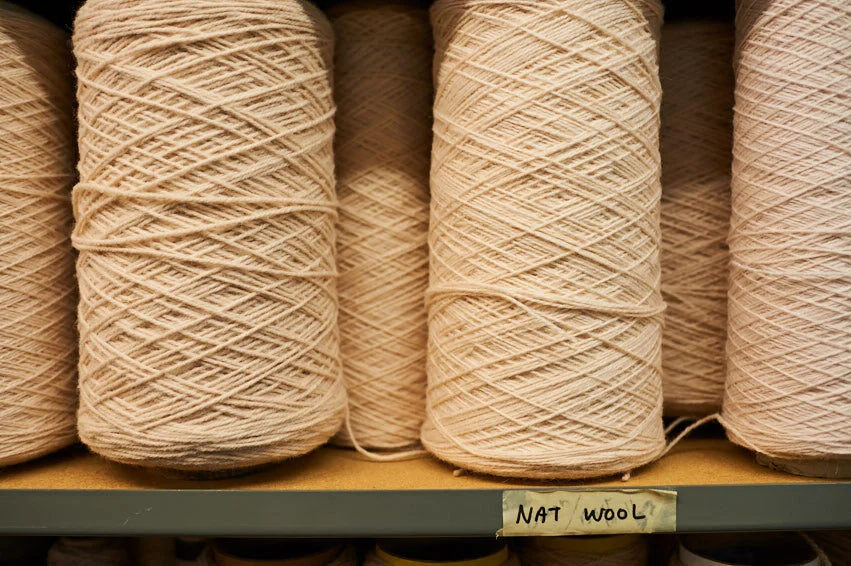Life's Texture
You are one year old and you are holding an incredible book.
Each page reveals a new sensation: a dog’s wiry hair, a crocodile’s bumpy skin, a sheep’s fluffy wool. Your chubby hands pat admiringly as you turn the stiff, cardboard pages. Later, you will bury your hands in the playground sandpit and feel fistfuls of tiny grains slipping through your fingers. Tonight, you’ll fall asleep with a treasured blanket clutched in your grip, a small thumb rubbing its textured surface.
Children are wise; they know the importance of texture. Reaching to grab is their first reaction to newness. As adults, we forget. Our thoughts are often elsewhere. Divided by our myriad cares and responsibilities, we are not right here in our bodies.
New Zealand Rug Wool
But we are physical creatures, existing in a physical world. Our skin is always there, always feeling.
Our largest organ is a landscape of sensation, alive with nerve endings and its own textures. Our only real means of touching the world around us is our skin--nothing touches us without touching skin.
Paul Klee, “The Bell! (Die Glocke),” 1919
Because touch is integral to our experience in the world, artists can harness this to create poignant works.
Art reaches into our emotions to call on things that are elemental, nameless and true. Paul Klee painted layers upon layers on canvas, then carefully scratched off part of the paint to create a textured surface. Klee’s sgraffito works are doubly powerful because he speaks to us through vision and texture.
“One eye sees, the other feels.” - Paul Klee
Twisp Twill Ecru
Texture conveys meaning.
“Texture,” “text” and “textile” all share the same ancient root word, teks, meaning “to weave” in Indo-European. Weavers and writers take threads of fiber or story and unite them into a cohesive whole.
Texture communicates quality.
How often have you been entranced by an attractive garment, and reach out to touch it to experience the quality?
Texture soothes and nurtures.
“Maternity Hospital in Cambridge, England, discovered that if a premature baby were just placed on a lamb’s wool blanket for a day it would gain an average of fifteen grams more than usual. This was not due to additional heat from the blanket, since the ward was kept warm, but more akin to the tradition of ‘swaddling’ infants, which increases tactile stimulation, decreases stress, and makes them feel lightly cuddled,” writes Diane Ackerman in A Natural History of the Senses.
Columns Beachcomber
Artful texture is essential to textile art. Woven materials are meant to be touched--worn, slept in, walked upon. Selecting materials is as important as selecting color. Next time you run your hands over a favorite textile, contemplate all the other hands that raised the fibers, spun, dyed, and ultimately wove them.
We live our lives encased in touch.


